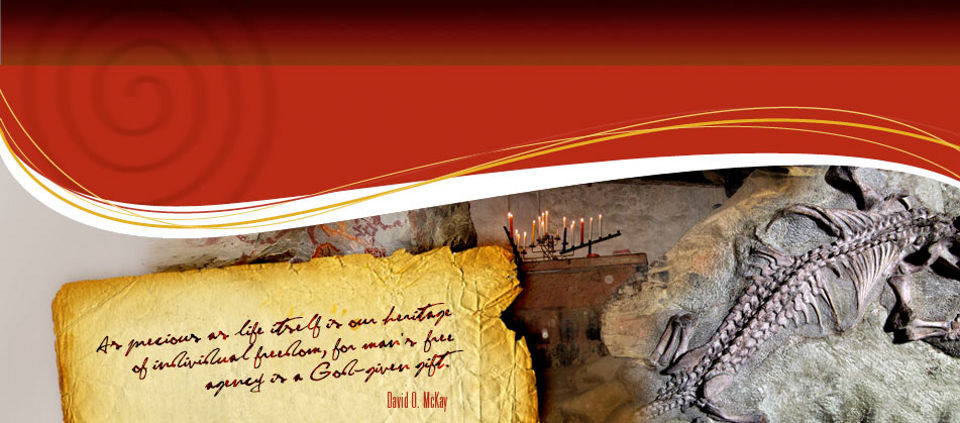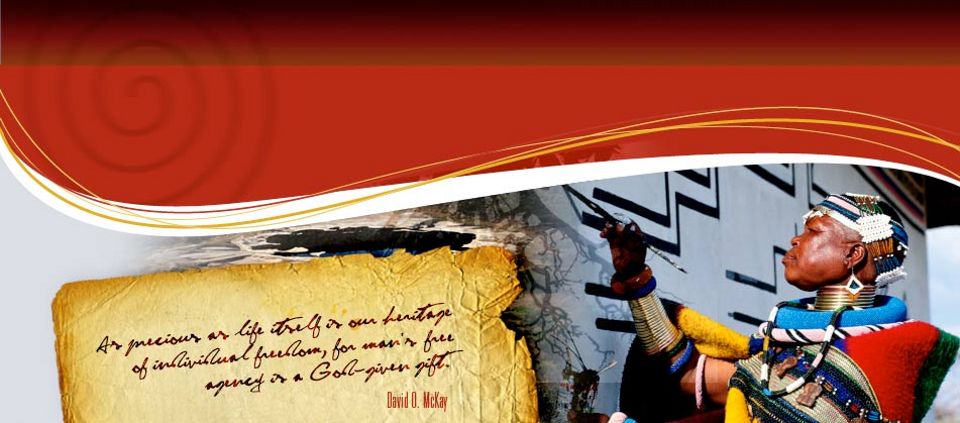THIS IS THE ARCHIVE FOR SAHRIS 1.0
THIS SITE IS NOW AN ARCHIVE AND IS NOT SUITABLE FOR MAKING APPLICATIONS
Please be aware that no content and application creation or changes to information on this version of SAHRIS will be retained.
To make applications or utilise SAHRIS for the creation of information, please use the new site:
https://sahris.org.za
Changes to SAHRIS!
The South African Heritage Resources Information System (SAHRIS) has undergone a generational upgrade and restructure. These changes to the site include, but are not limited to:
- A new & modernised look and layout
- Improved site usage flows with respect to applications and content creation
- Improved site performance and stability
Launch for the new version of SAHRIS occurred on Monday the 30th of October 2023.
The new site can be found here:
SAHRIS | SAHRIS
Swartkrans is Unveiled as a National Heritage Site in the Cradle of Humankind World Heritage Site

Swartkrans, overlooking the Blaauwbank River valley, in the Cradle of Humankind World Heritage Site, is one of the world's most important palaeoanthropological sites. It tells a unique story about our common human past that has enthralled scientists across the world. Since fossil bones were first identified there by Dr. Robert Broom in 1948, the site has made an invaluable contribution to our understanding of human evolution.
The findings from the excavation at Swartkrans of the cave deposits have unlocked our understanding of these early human ancestors and the environment they lived in. Both the international field school held at the National Heritage Site by Dr CK ‘Bob’ Brain and Dr Travis Pickering, and the work on recent deposits by Dr Morris Sutton have enhanced our knowledge of this site. Other notable scientists who have contributed to the site include Professor Ron Clarke, Professor Francis Thackeray and Dr Kathleen Kuman of the University of the Witwatersrand. Swartkrans has fossil remains that date to between 1 and 1.8 million years ago. These include the largest sample of Australopithecus (Paranthropus) robustus in southern Africa, as well as remains of the probable tool-maker, early Homo (our own genus).
The site has produced extensive evidence that human ancestors were predated on by big cats. Fossilized charcoal found at the site is evidence of the earliest controlled use of fire by human ancestors discovered anywhere in the world, over a million years ago. SAHRA, in association with the Cradle of Humankind World Heritage Site Management Authority, have unveiled a plaque to mark this heritage site on Friday 12 April 2013.
Users on SAHRIS can view the site and related cases and permits by navigating to the declared site located at this link: http://www.sahra.org.za/content/922330012
Post date:
- 1226 reads






